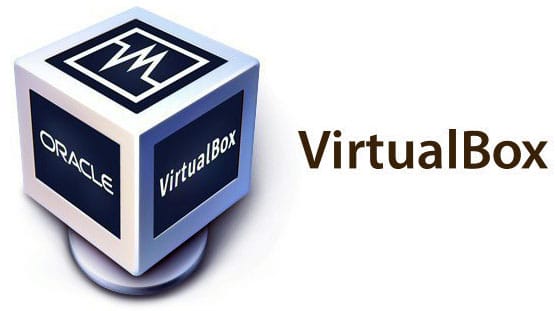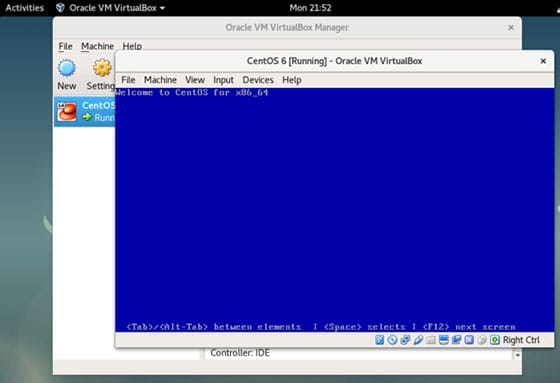
In this tutorial, we will show you how to install VirtualBox on your CentOS 7. For those of you who didn’t know, VirtualBox is a program that allows you to install an operating system without changing your computer’s main operating system. This software allows you to create and run guest operating systems (“virtual machines”) such as Linux and Windows on top of the host operating system.
This article assumes you have at least basic knowledge of Linux, know how to use the shell, and most importantly, you host your site on your own VPS. The installation is quite simple and assumes you are running in the root account, if not you may need to add ‘sudo‘ to the commands to get root privileges. I will show you the step-by-step installation of VirtualBox on a CentOS 7 server.
Prerequisites
- A server running one of the following operating systems: CentOS 7.
- It’s recommended that you use a fresh OS install to prevent any potential issues.
- SSH access to the server (or just open Terminal if you’re on a desktop).
- A
non-root sudo useror access to theroot user. We recommend acting as anon-root sudo user, however, as you can harm your system if you’re not careful when acting as the root.
Install VirtualBox on CentOS 7
Step 1. First, let’s start by ensuring your system is up-to-date.
yum clean all rpm -Uvh https://epel.mirror.angkasa.id/pub/epel/7/x86_64/e/epel-release-7-10.noarch.rpm yum -y update
Step 2. Installing the required package and development tools:
Before installing VirtualBox make sure to install all required packages to run VirtualBox:
yum install kernel-devel kernel-headers dkms yum groupinstall "Development Tools" yum update
Download and import Oracle public key:
rpm --import oracle_vbox.asc
Download VirtualBox repo file for CentOS 7 and move it into /etc/yum.repos.d directory:
wget http://download.virtualbox.org/virtualbox/rpm/el/virtualbox.repo -O /etc/yum.repos.d/virtualbox.repo
Step 3. Installing VirtualBox on CentOS 7.
Use the following command to install VirtualBox using yum command:
yum install VirtualBox-4.3
Rebuild kernel modules with the following command:
service vboxdrv setup
Add your user name into vboxuser group:
usermod -a -G vboxusers user_name
Step 4. Accessing VirtualBox.
Once it’s installed, start it from your application menu, run the command below to start VirtualBox from a terminal, or find the application on your ubuntu dash and launch it.:
virtualbox

Congratulations! You have successfully installed VirtualBox. Thanks for using this tutorial for installing VirtualBox on CentOS 7 server. For additional help or useful information, we recommend you to check the official VirtualBox website.